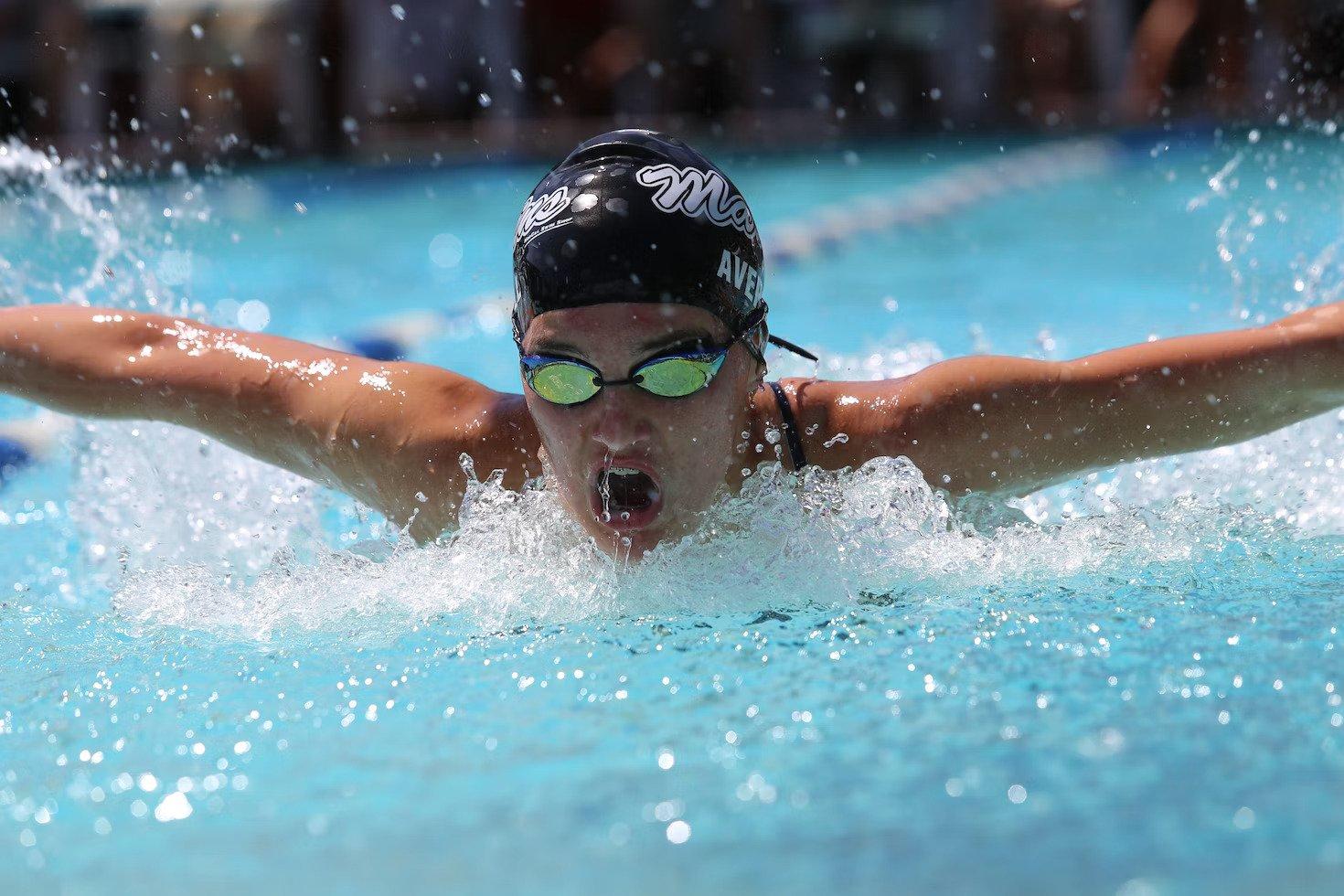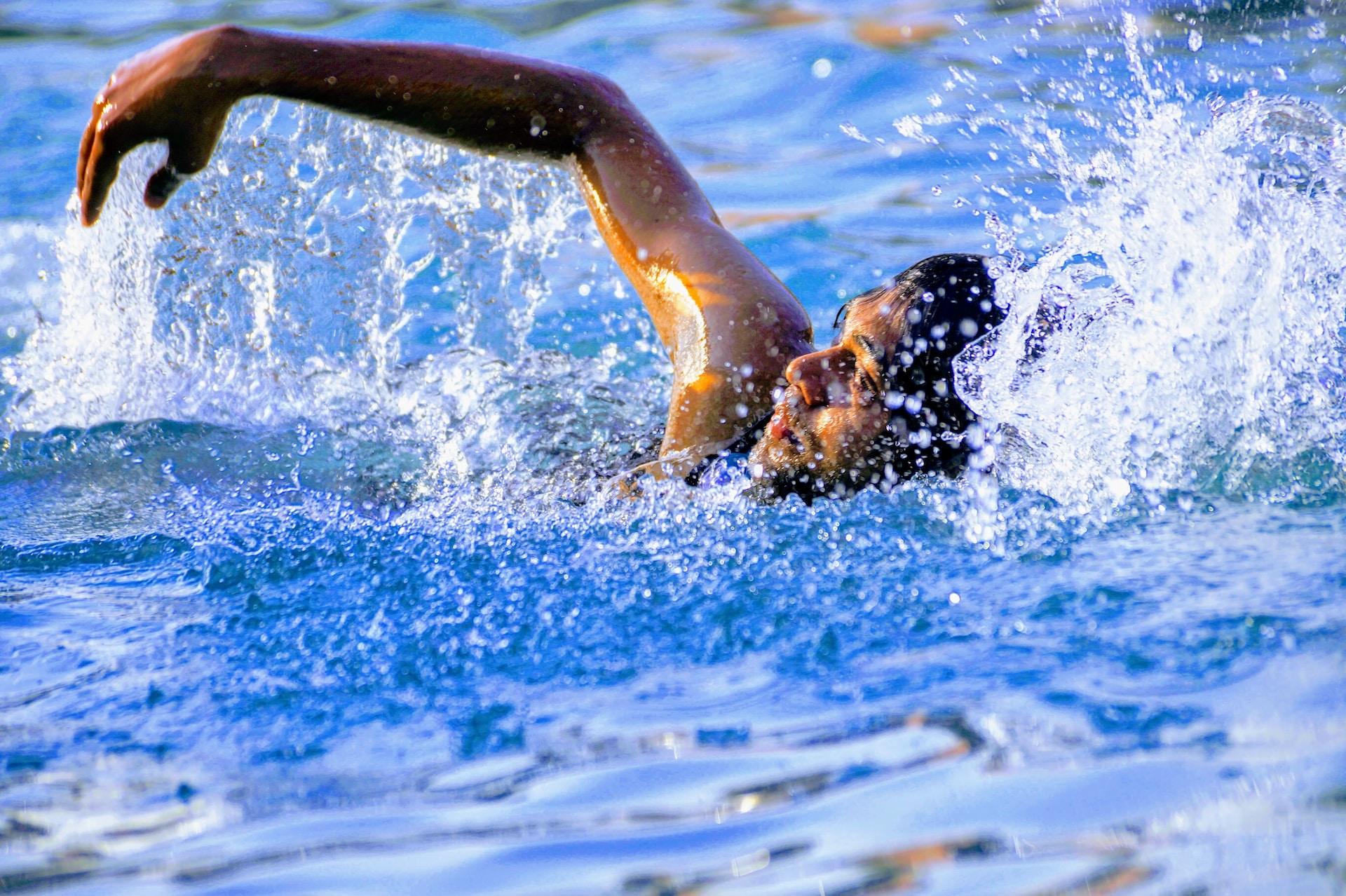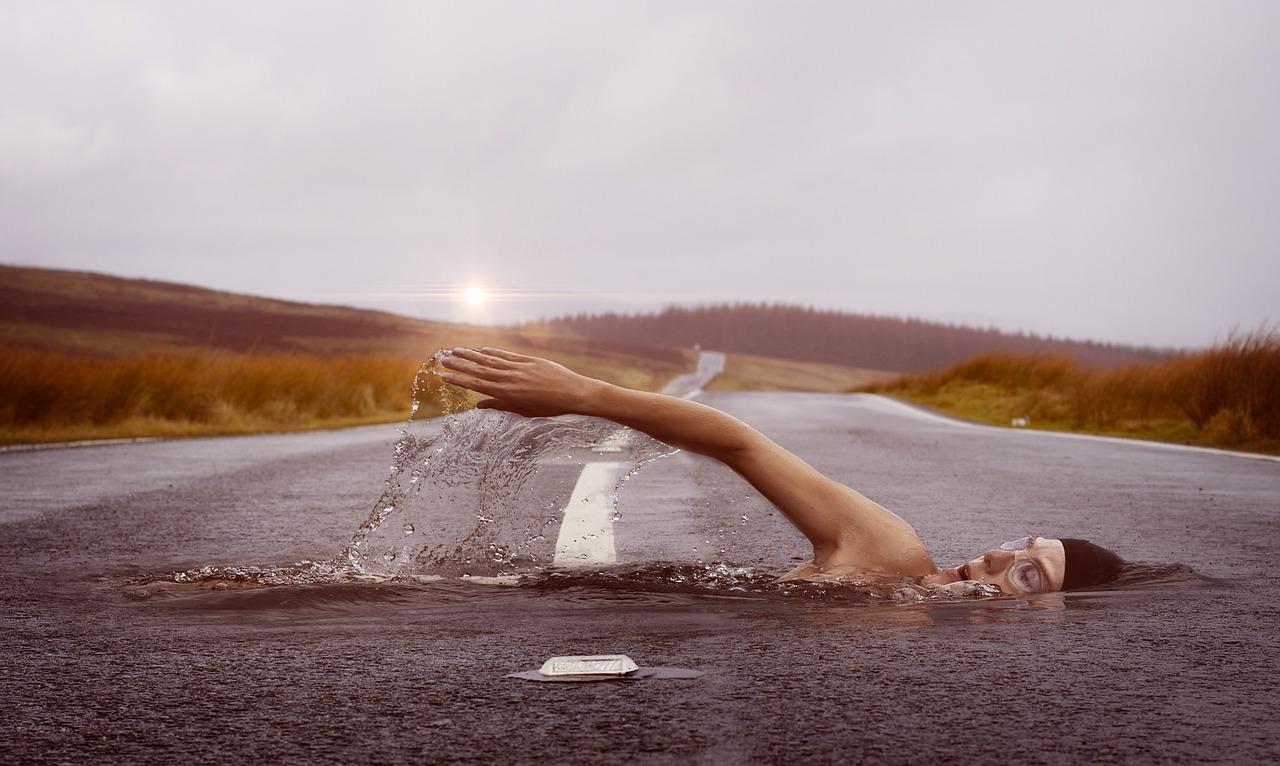You may not think of swimming as having a “history” as such. Of course, swimming is part of human instinct and it is impossible to pinpoint an exact history of swimming and when swimming was invented.
However, we can certainly pinpoint some historic moments regarding swimming, and we can absolutely explain the history of swimming sports, which are now popular all over the world, including being one of the mainstays of the Olympic Games.
We explore professional swimming, swimming for enjoyment, and the necessity of swimming in human history in this guide.

🤿 Earliest Records of Swimming History
Swimming is part of ancient history. There are archaeological records that show paintings and other depictions of swimming back in the Assyrian, Greek, and Roman civilisations. Famously, Greeks and Romans enjoyed communal baths which suggests that swimming was mainstream in the era BCE.
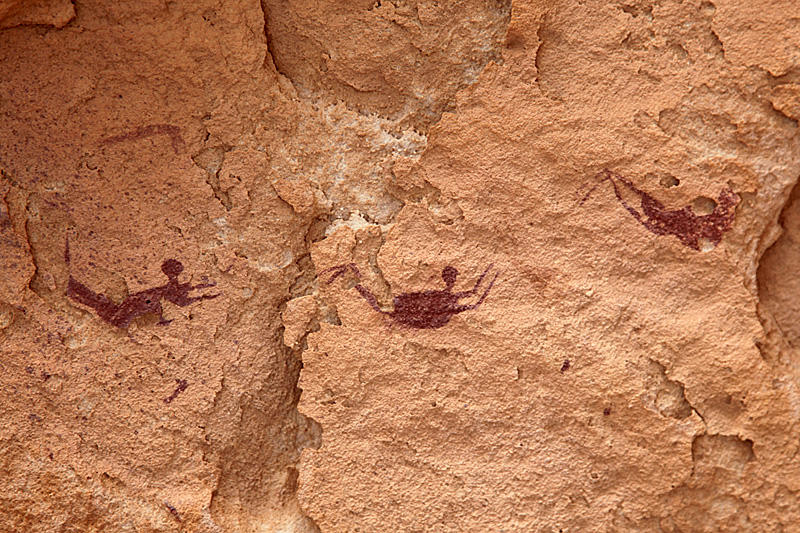
The Romans also built specific swimming pools, which were different from their communal baths, and were specifically built for recreational swimming. It’s not known if competitive or sports swimming was part of the culture, but we do know that swimming was not part of the Ancient Olympics.
In Asian civilisations, there are records of swimming back well into BCE, so it is fair to say that people have been swimming all over the world for thousands of years. Who invented swimming and started teaching it is a very different debate, but the first swimming pools date back to BCE, with Southern Europe and Asia leading the way when it came to swimming events and facilities being created.
Some cave paintings suggest people were swimming as early as 9000 BCE
Swimming Throughout The Ages
In the middle ages, there was a distinct lack of swimming in the history books. This is thought to be because in a lot of different parts of the world, swimming was thought to spread diseases and even cause epidemics. The fact that we didn’t have the same level of scientific knowledge back then meant that swimming was definitely not on the agenda as people feared it could make them very ill.
It was in the 17th, 18th, and 19th centuries when swimming would grow in popularity once more, and there is plenty of evidence of people working on their swimming skills through this time. In the 17th century, it was made compulsory to teach Japanese children to swim in schools, and there is also evidence that some of the first swimming races took part during this time.
In the UK, there are also written records of swimming in the 17th and 18th centuries, as people would enjoy going in the sea at some of the popular coastal resorts. However, swimming was seen as "immodest" by some.
It was the 19th century when things would really take off, and swimming would become a huge recreational activity for people. The first competitive or even professional swimming took part in Australia in 1846 and would continue every year after this. London, along with many other European capital cities, saw swimming federations form. The Metropolitan Swimming Clubs of London started in the 1860s but gradually changed its name to the Amateur Swimming Association as it moved its reach further afield and helped people beyond London get into swimming.
⏲ A Timeline of Swimming
The history and background of swimming is fascinating. When was swimming invented? What are some of the key developments throughout the history of swimming that are worthy of note?
9000 BCE
Cave of Swimmers
The “Cave of Swimmers” near Wadi Sura in southwestern Egypt has been dated to around 9000 BCE, proving people were swimming then.
2800 BCE
World's First Swimming Pools
The oldest swimming pools can be found in the Mohenjo Daro palace in Pakistan way back in 2800 BCE, and also at the Minoan palace of Knossos in Crete, a Greek island.
1538 AD
The Art of Swimming
Everard Digby was published saying that men would eventually be able to swim ‘better than fish’ – he was a Senior Fellow at England’s University of Cambridge.
1800s AD
A Popular Holiday Pastime
Records show that this is around the time when swimming became popular among holidaymakers in the UK.
1837 AD
The National Swimming Society
National Swimming Society was founded in London and competition swimming begins in the UK.
1896 AD
Swimming at the Olympics
Swimming was included in the Olympic Games for the first time, a landmark for competitive swimming.

🏊 Competitive Swimming
Competitive swimming and swimming sports played a huge part in the growth of the popularity of swimming and even turned it into something people could do as a profession.
In 1896 the modern Olympic Games were formed, and anyone who has watched these games knows that there are an absolutely huge amount of swimming events within. There are different swimming events based on different swimming, types of strokes, or the pre-defined Olympic Swimming distances, as well as numerous relay events. Interestingly, before professional swimming at the Olympics took the current form it has, there were some interesting events that included swimming around obstacles on rivers.
At the Olympics, there are 50m, 100m, 200m, 400m, 800m (women), 1,500m (men), and 10,000m events that take place.
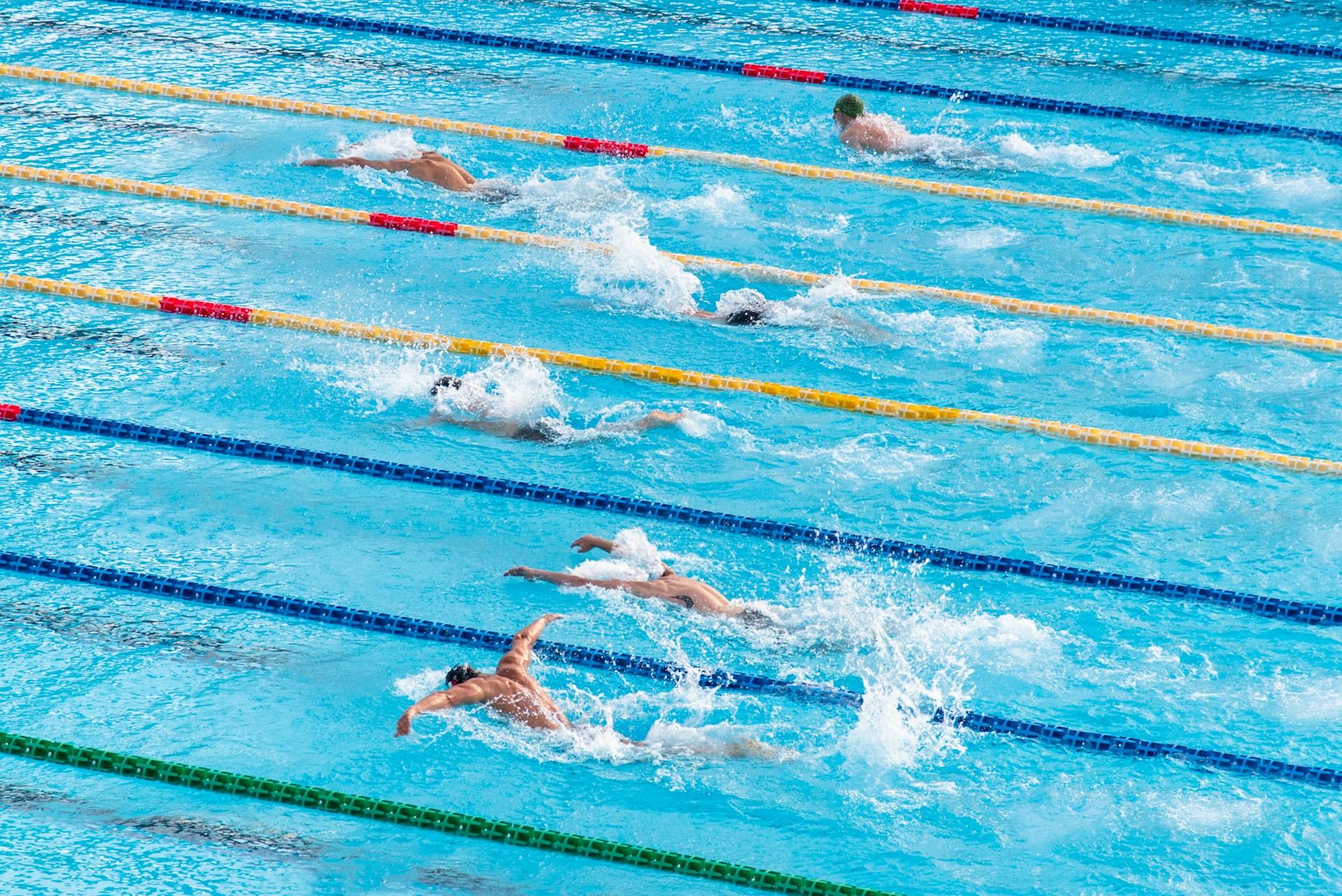
Other competitive swimming events include the FINA World Championships, United States Swimming National Championships, and LEN European Aquatics Championships. There are many different formats to swimming sports, whether it be relays or individual events, men's or women's swimming races.
| Event Name | Description | Frequency | Location |
|---|---|---|---|
| FINA World Championships | The biggest event in the world of swimming, held every two years. | Biennial | Various Locations |
| Olympic Games | The most prestigious international sporting event, featuring the best athletes globally. | Every 4 years | Various Locations |
| Pan Pacific Swimming Championships | A major event for non-European countries, held every four years. | Quadrennial | Various Locations |
| European Aquatics Championships | A key competition for European swimmers, held every two years. | Biennial | Various Locations in Europe |
| World Aquatics Championships | An annual event that includes swimming, diving, water polo, and synchronized swimming. | Annual | Various Locations |
| Commonwealth Games | A multi-sport event including swimming, for athletes from the Commonwealth of Nations. | Every 4 years | Various Locations |
| US National Championships | The premier national event for American swimmers, held annually. | Annual | Various Locations in the USA |
| Australian Swimming Championships | The top swimming competition in Australia, serving as a selection trial for international events. | Annual | Various Locations in Australia |
| Asian Games | A multi-sport event featuring swimming, for athletes from Asia. | Every 4 years | Various Locations in Asia |
| African Swimming Championships | A major competition for African swimmers, held every two years. | Biennial | Various Locations in Africa |
Open Water Swimming takes place over 10km, and is another event that has been introduced at the Olympic Games. It has become known as “Marathon Swimming” due to the long distance and endurance required.
There are a number of other distance swimming events, and the first distance swimming events can be traced back to the UK, as events swimming the English Channel were regulated by the FINA. To date, 2,428 solo swims across the English Channel have been successfully completed.
The British Long Distance Swimming Association runs a variety of different races that can be participated in and they tend to be between 10 and 22 miles in length. In some parts of the world, these testing endurance races may be as far as 50 miles. That is an unbelievable distance to be able to swim and these events need a lot of health and safety support in order to take place.
🏊♂️ A Brief History of Swimming Strokes
One of the things you will notice when you are watching cricket events is the fact that there are different swimming strokes, such as butterfly stroke, breaststroke, and backstroke. When you are learning your swimming skills for the first time then there is a chance that your swimming teacher will teach you a few different swimming positions, to see what you find most comfortable.
🦋 Butterfly
Swimmers use a dolphin kick and simultaneous arm movements
💧 Backstroke
Swimmers perform a flutter kick while lying on their back
🩱Breaststroke
Swimmers perform a frog-like kick and glide
Breaststroke
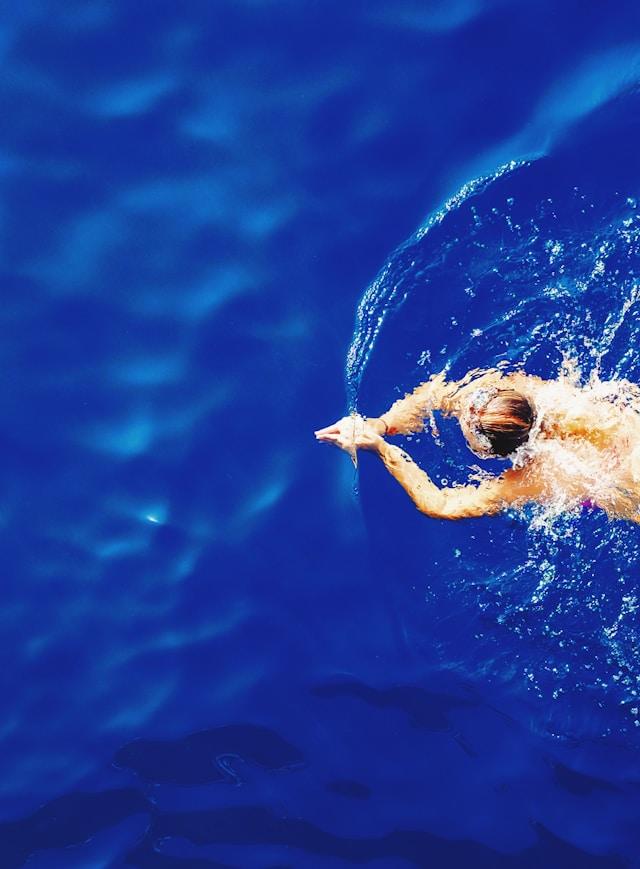
Breaststroke is thought to be the first of the different types of swimming strokes to be taught in a widespread way. The stroke has a motion involving pulling the arms to the side and creating a similar movement with the legs, which has led to it being called the “frog swimming style” or the “frog kick” by some people. This is really effective even in particularly tough conditions and rough waters so it makes sense that it would be taught to beginners.
Butterfly Stroke
There are some intriguing swimming facts about different types of strokes. The butterfly stroke, for instance, was introduced purely for competition, rather than being recommended as a swimming method on the seas. A swimmer called Henry Myers originally claimed this was within the rules when swimming breaststroke, and 20 years later it was recognised as its own unique stroke.
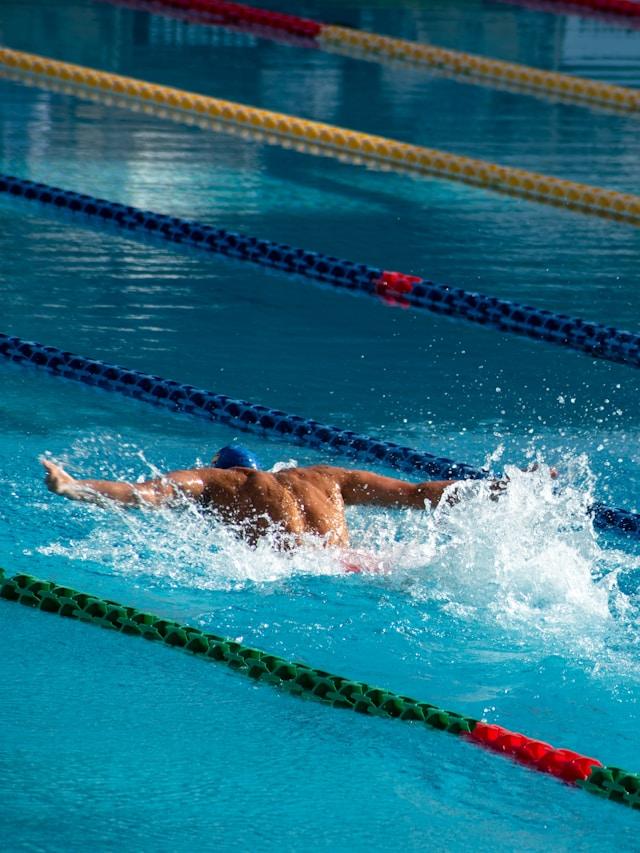
The Crawl
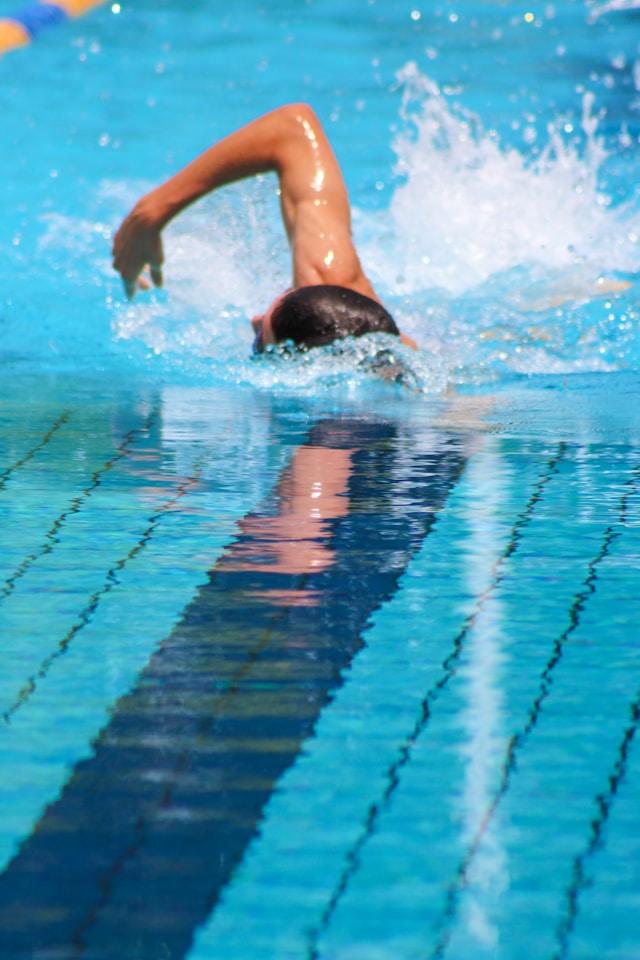
The crawl is the stroke that most freestyle swimmers decide to use. It’s known as the fastest of the swimming strokes for the majority of people, and it is good for longer distances, too. Interestingly, in the grand scheme of swimming, this is a relatively new invention, as it was first used at the end of the 19th century and the start of the 20th. The crawl has a similar action to the sidestroke, but the legs moving so quickly is the main distinction, helping to quickly propel the swimmer.
Find safe swimming lessons here on Superprof.
Backstroke
At a similar time, the backstroke was also invented and popularised. The only mainstream stroke that involves being on your back in the pool or on the water, this is often used as it is an “easier” stroke. The arms don’t have to move as much, and the legs don’t have to propel with so much force and pressure to keep the swimmer moving forward. In distance swimming, if it is allowed, some swimmers will switch to this as a way to give their arms a bit of a rest, before going back to their preferred stroke.
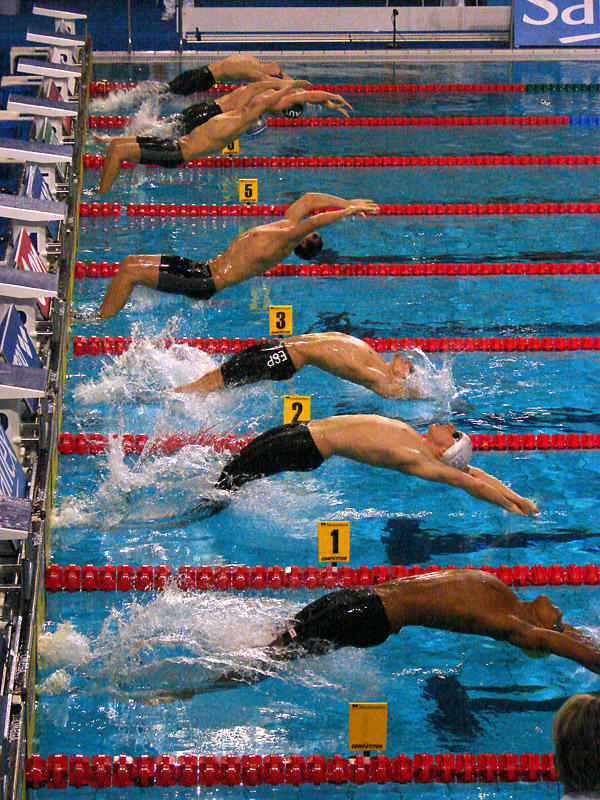
As every sport has techniques and tactics that evolve over time, swimming is no different. The types of swimming and swimming stroke names may even continue to change as time goes on, there is often a revolutionary new sportsperson who pushes the boundaries, and reinvents techniques.
Search for suitable children's swimming lessons here on Superprof.
🌊 Swimming Innovations
There have been some key and important swimming innovations over the years, especially when it comes to competitive swimming.
1828
The first public indoor swimming pool in England opens – a salt-water pool called St. George's Baths.
1844
Introduction of the front crawl stroke by Native American swimmers Tobacco and Flying Gull, at a competition in London
1896
Men's swimming introduced to the Olympics
1912
Women's swimming introduced to the Olympics
1924
Introduction of lane ropes in Olympic swimming pools to reduce interference
1940
Development and use of synthetic swimwear, replacing wool suits for better performance and comfort
1960s
Development and use of Lycra swimwear for competitive swimmers
1968
Introduction of the automatic timing system in the Mexico City Olympics
2010
Introduction of full-body suits made of polyurethane
2010
Ban on full-body polyurethane suits by FINA, the international swimming federation, to ensure fair competition
🥇 The Best Swimmers Of All Time
Since swimming has been considered a sport, there are some incredible people who have been involved in Olympic Games and other competitions. As a part of the history of swimming sports, it is important to understand a few of the people who have made history themselves. A lot of these started at a very young age (even as babies) and went on to break swimming records.
Michael Phelps
Phelps is the most decorated Olympian ever. He has an unbelievable 28 medals to his name. He first competed in the games when he was just 15 years old and is renowned by many as being the greatest competitive swimmer to have ever taken to the pools.

Mark Spitz
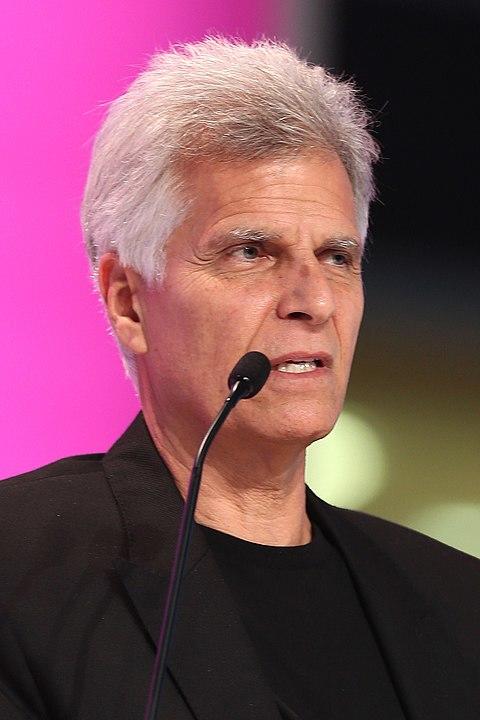
Spitz has one record that even the great Michael Phelps couldn’t match. He once won seven straight golds in an Olympics. That was in Munich back in the 1970s, and while Phelps reached six in 2008, he couldn’t overtake the record set by “Mark the Shark”.
Katie Ledecky
Katie is still professionally swimming. In fact, she’s still pretty young and could have a long career ahead of her, but between the Olympics and World Championships, she has already won over 20 gold medals including seven Olympic golds. We are watching the history of swimming unfold at every event she takes part in.
Browse swimming lessons near me on Superprof.
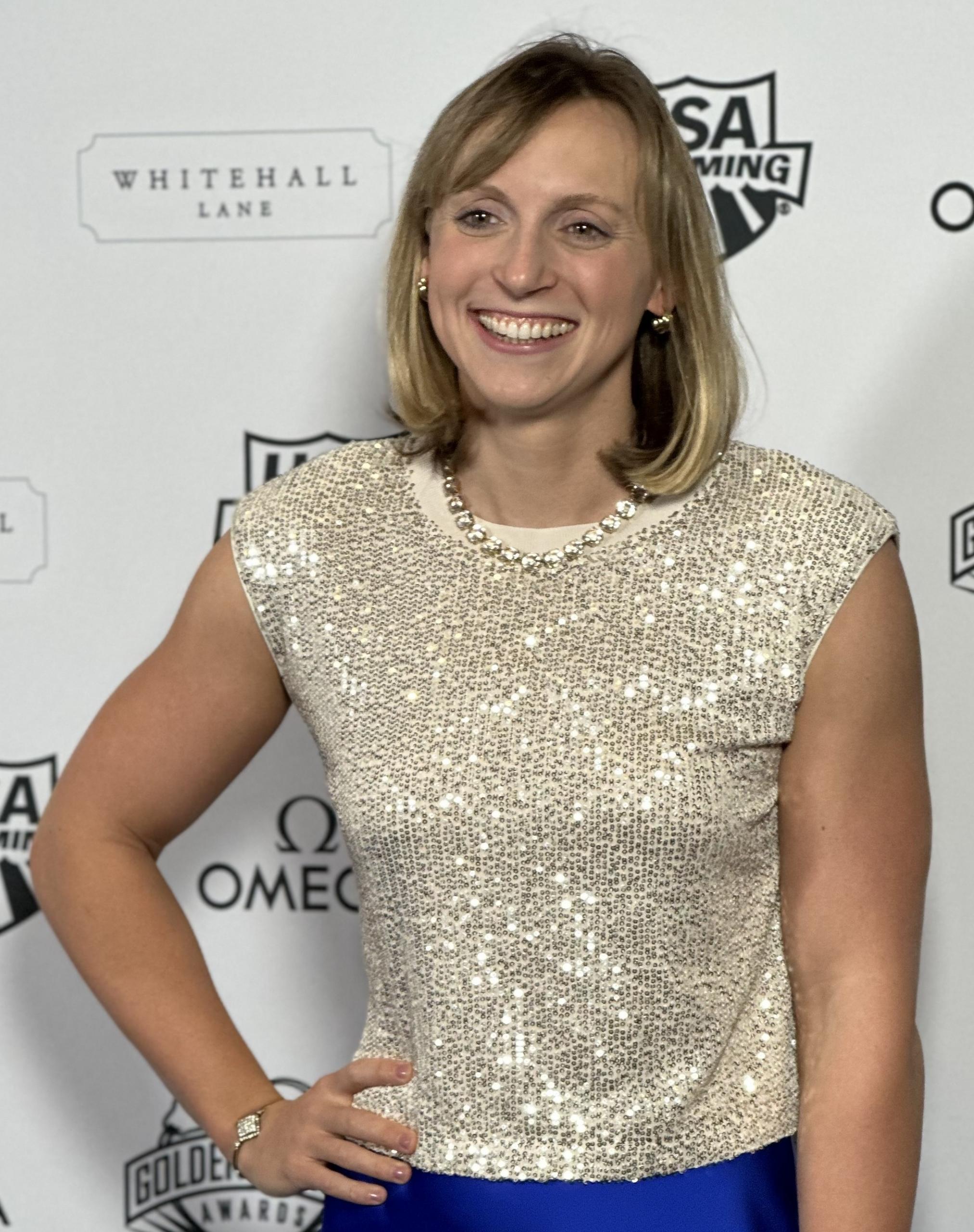
A Very Brief History of Swimming
Swimming is a big part of human culture all over the world, a useful skill to have, and a sport to be enjoyed by all. Our brief guide to the history of swimming only touches the surface, and there are many fascinating stories of swimming tournaments and competitions, and the part it played in many ancient civilisations, too. Swimming history will continue to evolve.
Looking to learn to improve your swimming skills? Reach out to a tutor on Superprof today!

